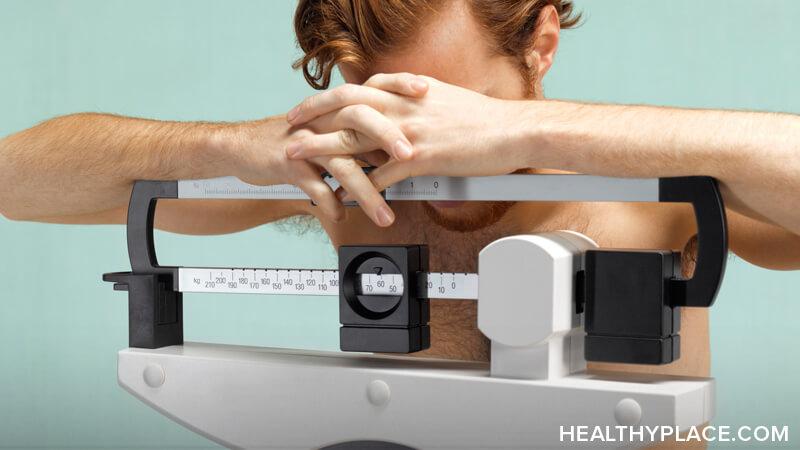EDNOS and the Eating Disorder Mold: The ED Stigma that Kills

Eating disorders not otherwise specified (EDNOS) are frequently stigmatized and misunderstood in mainstream culture, like most forms of mental illness. Many who lack firsthand experience tend to label eating disorders as a rich and thin white woman’s issue, but the reality is that eating disorders affect people of all backgrounds and demographics. They transcend racial, gender, and socioeconomic barriers. They are diverse and non-discriminating. In other words, anyone can be an eating disorder sufferer, even those who don’t “fit the mold.” And that’s one reason eating disorders, especially EDNOS, are so dangerous—they're often a challenge to detect.
Looking Past the Eating Disorder Mold Reveals EDNOS
A common—and potentially fatal—misconception is that individuals must drop below a specific weight threshold or exhibit certain visible symptoms to meet the criteria for an eating disorder diagnosis. However, not all eating disorders fit inside those narrow parameters. In fact, about 70 percent of these illnesses are grouped in a category overlooked by the general population—eating disorders not otherwise specified, or EDNOS.
Those who suffer from EDNOS normally don’t engage in behaviors limited to anorexia, bulimia, or binge eating disorder, but a combination of all three. For instance, they might restrict calories for a period of time, then experiment with binging and purging, or alternate back-and-forth. Due to this lack of consistency, these eating disorders sometimes don’t cause the obvious physical signs of weight loss. The ritualistic patterns associated with eating disorders are more difficult to recognize because the changes in body composition can appear less drastic. Consequently, EDNOS often skirt under the radar, making them life-threatening to millions of people.
Despite the outward façade of normalcy—or even health—EDNOS cases have a mortality rate of 5.2 percent which surpasses both anorexia and bulimia. The added pressure to be “sick enough” can goad EDNOS sufferers toward extreme behaviors in an effort to align with society’s rigid definition of the eating disorder profile. This burden of conforming to an arbitrary “eating disorder mold” underscores a severe issue in modern culture—that mental illness isn’t made a priority unless the warning signs can't be ignored.
How to Support People with EDNOS (a Real Eating Disorder)
Those who exhibit EDNOS need to feel reassured and validated in the midst of their struggle. They need to know EDNOS are legitimate, and that others take them seriously. Moreover, they need to understand that eating disorders aren’t just characterized by weight, size, or appearance. The psychological aspects are just as urgent. Here are suggestions for helping someone navigate the complex reality of EDNOS.
- Research the illness to broaden your own mindfulness of what it entails and what eating disorder behaviors to look for.
- Listen attentively and compassionately if people who struggle with EDNOS confide in you, and respond in a manner that expresses you believe them (Mental Illness Validation: Tell Me ‘I Believe You’).
- Encourage them to probe into the emotions behind their actions instead of just focusing on the outward symptoms.
- Advise them in the direction of specialized treatment or therapy, and even offer resources or accompany them to a session. The HealthyPlace Eating Disorders community is an ideal starting point.
Sources
- Psychological Bulletin, Jennifer J. Thomas, Ph.D., Kelly D. Brownell, Ph.D., and Lenny R. Vartanian, Ph.D. The Relationship between Eating Disorder Not Otherwise Specified (EDNOS) and Officially Recognized Eating Disorders.
- American Journal of Psychiatry, Crow SJ, Eckert ED, Mitchell JE, Peterson CB, Raymond NC, Specker S, and Swanson SA. Increased Mortality in Bulimia Nervosa and Other Eating Disorders.
APA Reference
Schurrer, M.
(2017, November 1). EDNOS and the Eating Disorder Mold: The ED Stigma that Kills, HealthyPlace. Retrieved
on 2025, December 30 from https://www.healthyplace.com/blogs/survivinged/2017/11/when-someone-doesnt-fit-the-mold-of-an-eating-disorder